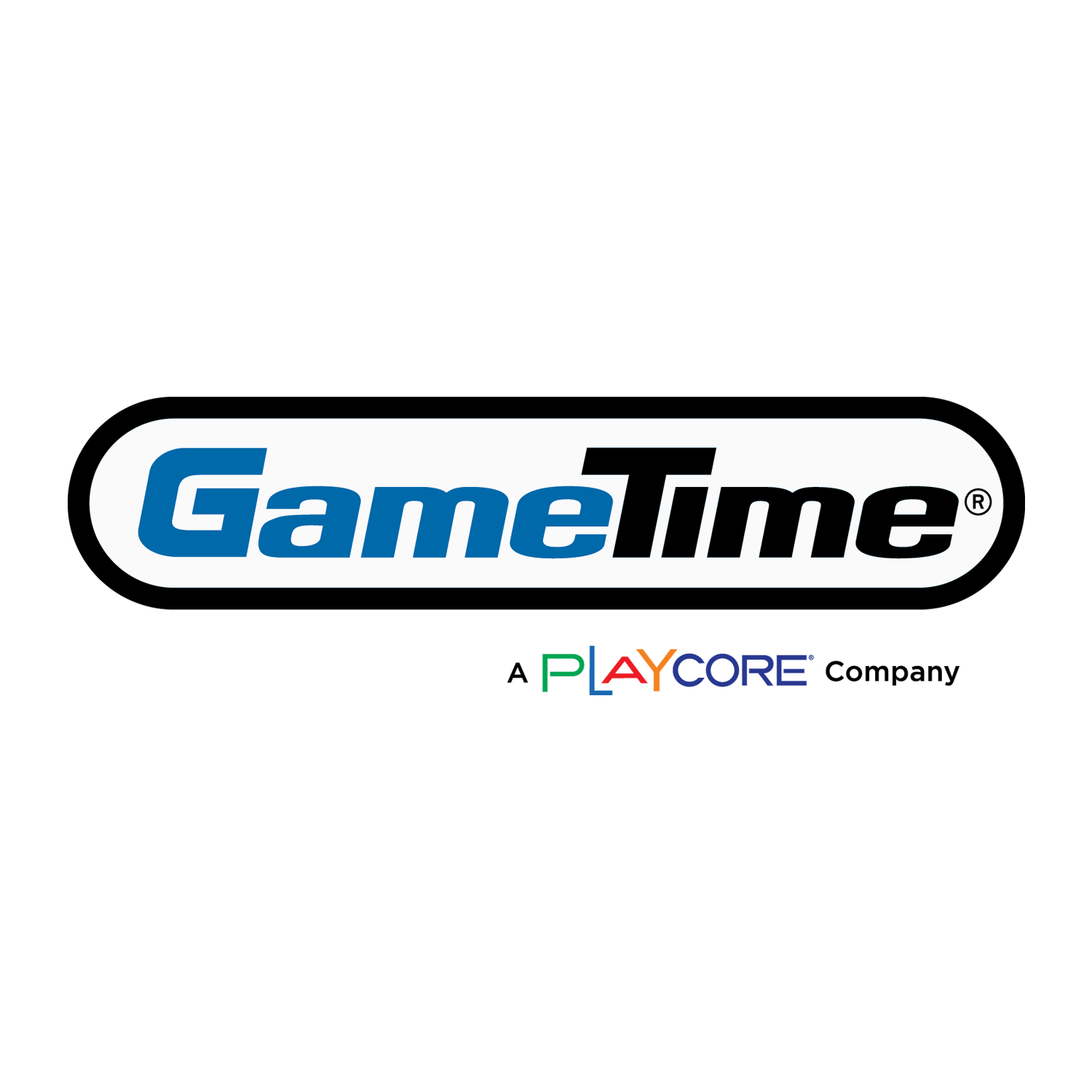Chances are you’ve seen spray/splash parks in all sorts of places, like your local park next to a playground or inside a hotel or next to a body of water like a lake or in a housing subdivision.
How about inside a zoo? Yes, a zoo.
Not only does the Phoenix Zoo have one spray park, but two cool and refreshing locations where zoo visitors can play in the water. The first, Leapin’ Lagoon, opened in April, 2001 while the second, Yakulla Caverns, opened in September, 2008.
“Our attendance drops significantly during the summer months,” Linda Hardwick, PR and marketing manager for the Phoenix Zoo said. “Our intent was to provide families with an opportunity to have both play and cool-down opportunities. Leapin’ Lagoon has proven to be quite popular with a sizeable percentage of guests using this facility as part of their visit.”
Hardwick added, “As with Leapin’ Lagoon, it [Yakulla] was another attempt at providing play and cool-down opportunities during the summer months.”
The Phoenix Zoo’s use of spray parks shows not only how these wet play areas can be an attraction in and of themselves, but how versatile they are. It wasn’t too long ago that the thought of a spray park inside a zoo was not even on the radar. Now you even see spray parks as part of larger amusement parks not too far from roller coasters and other rides.
Leapin’ Lagoon is located on one side of the Phoenix Zoo’s Main Lake while Yakulla Caverns is on the other side of the lake. Each spray ground offers a different and unique experience from the other. Leapin’ Lagoon has a capacity of 40-50 youngsters while Yakulla Caverns’ capacity is 40 kids. Hardwick explained that Leapin’ Lagoon primarily features water jets that shoot vertically from 3 to 6 feet high while Yakulla Caverns has water jets, a flowing stream with a depth of two inches, a walk-in cavern with crevices and fake stalagmites and two slides.
We asked Hardwick if there were any “surprises” in regards to maintenance or any other issues with the spray parks that have popped up since their opening.
Referring to Leapin’ Lagoon, Hardwick said, “So far, the custodial requirements are in line with our original expectations of one hour per day. The only long-term issue is the pad replacement, which is required about every six years.”
As for Yakulla Caverns, she commented, “The custodial requirements are higher since the cavern requires more time to power wash leaves and sunscreen that accumulates along the walls. The average custodial time is two hours per day. Water usage was extremely high during the first two months. Since then, a modification of jet nozzles has reduced water usage by 90 percent.”














